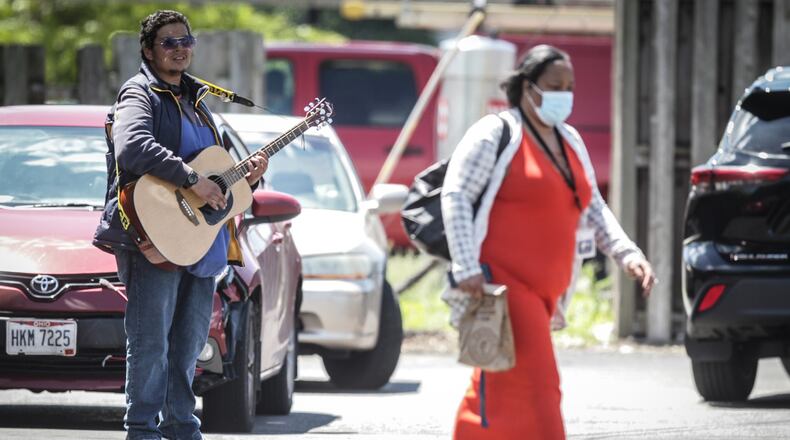She said schools will have to consider that different kids might feel differently about the changes and react differently to things like taking their masks off or sitting close together.
Many local schools will already be out by June. Schools also are still reviewing information and waiting for more information from Public Health.
The governor asked the Ohio Department of Health to remove most coronavirus-related health orders on June 2, including the mask mandate, social distancing guidelines and capacity restrictions for indoor and outdoor events.
Dayton-area nursing homes and assisted living facilities will not have all health orders lifted, because their industry was exempt from the June 2 order rollback. LeadingAge Ohio spokesman Patrick Schwartz said conflicting guidance between the state orders and federal guidance continues to cause confusion for families, residents, and staff.
DeWine also announced Wednesday that Ohio will have two lotteries for vaccinated residents, including drawings for $1 million and free college tuition.
President of the Dayton Area Chamber of Commerce Chris Kershner said it’s too early to tell how many local businesses will continue requiring their employees and customers to wear face masks and practice social distancing.
“The announcement from the governor yesterday will be a positive game changer for some of our businesses,” Kershner said. “There are some that have been on pretty strict capacity restrictions, and this is going to really open them up and allow them to try to make up for some of their losses from last year.”
Based on the new information from the CDC Thursday afternoon, Walmart stated it is reevaluating its mask position and expects to have an announcement as soon as possible. Kroger did not respond by deadline to a request for comment.
Sarah Hackenbracht, Greater Dayton Area Hospital Association president and CEO, said local hospitals are reviewing what they will be doing both as individual hospitals and as a region.
Also underpinning the moment, is the still present coronavirus pandemic. People who are unvaccinated can still get severely ill, have long-running health effects after the initial bout of COVID, or even die from the virus.
Far fewer people are vulnerable to this possibility, with 4.9 million Ohioans with at least one dose. More than half of those 16 and older in Ohio have received at least one dose. More than 75% of those 65 and older -- who are particularly vulnerable to serious complications -- have at least one dose.
The CDC reports that about 154 million people, 47% of the U.S. population, have at least one dose, and COVID-19 cases and deaths have fell precipitously in recent months including in states without mask mandates like Iowa and Texas.
Evidence continues to build that the vaccines provide strong personal protection -- stronger than health experts had hoped for. Preliminary data from Cleveland Clinic just found from Jan. 1 to around mid-April, out of the 4,300 patient admissions to the hospital with COVID, 99% were not fully vaccinated.
The move to lift orders also comes the same time as 589,000 more Ohioans became eligible for a COVID-19 vaccine after the Pfizer option was authorized for children as young as 12 years old.
Ohio Republicans had been moving to remove the health orders anyhow. Senate Bill 22 goes into effect on June 23 and the Ohio legislature was gearing up to remove the orders then.
Micah Berman, associate professor of health services management and policy at Ohio State University, said he thinks the governor’s announcement makes it far less likely that the courts will review the constitutionality of SB 22 anytime soon.
“SB 22 severely limits the government’s authority to respond to public health emergencies, and there are serious questions about the law’s constitutionality. It would be better to have clear answers to those questions before we face the next public health emergency,” Berman said.


